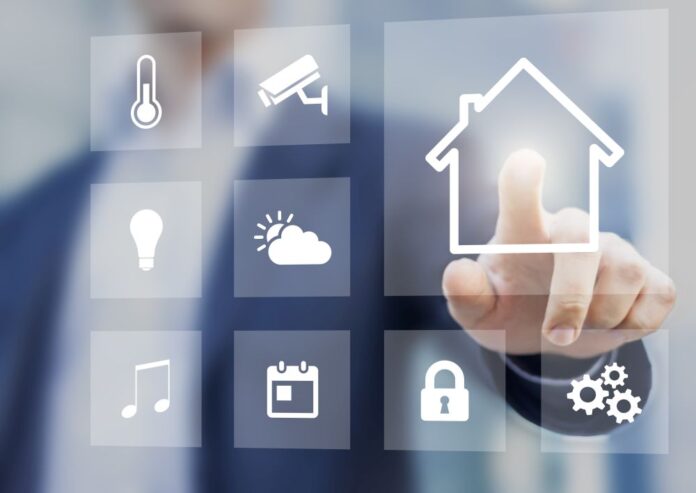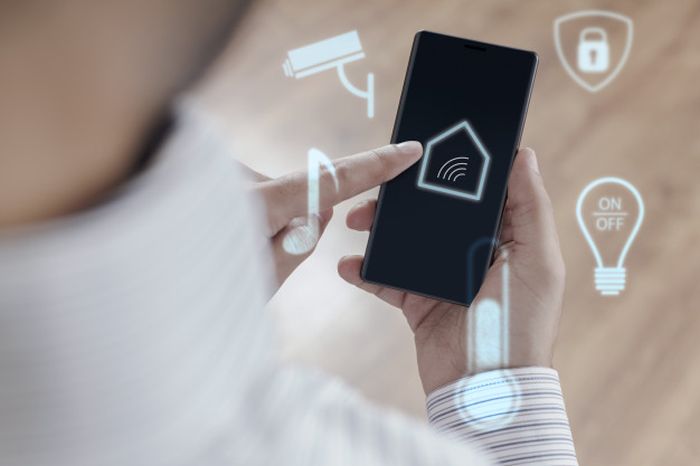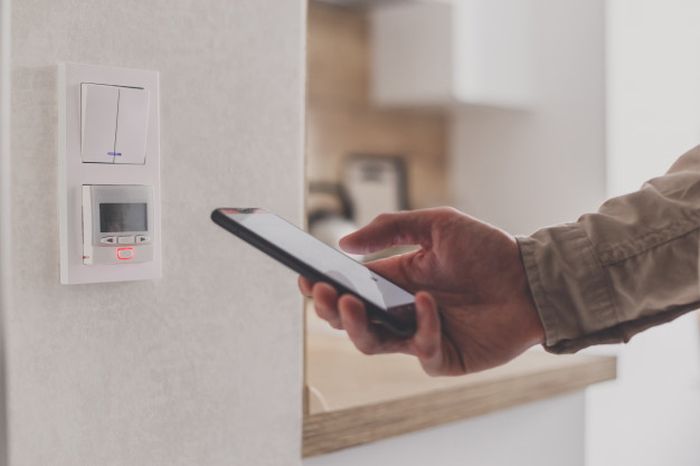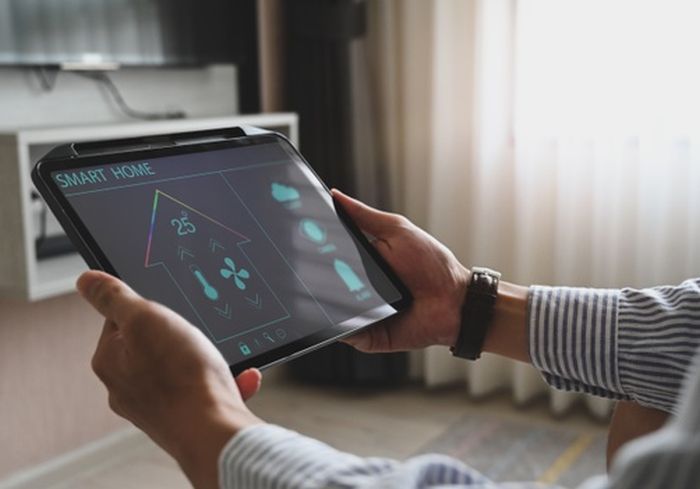
For many people, the Smart Home system means adding convenience, security, and functionality to their homes. In the classical sense, it is an autonomous complex for managing all building systems without human intervention, based on specified conditions. In a broader sense, Smart Home is considered to be any system that allows you to control equipment remotely and set up automatic scripts tied to certain events. A Smart system ensures the interaction of consumer electronics, lighting, and climatic equipment, which is designed to increase the level of energy-saving, safety, and comfort.
With the advent of new technologies, a growing industry of devices that utilize wireless internet can ensure that a large number of daily tasks can be automated or controlled with discretion via a smartphone, tablet, computer, or even voice commands.
The main thing that needs to be taken care of to get the best possible result is the combination of all the necessary functions into one system. After that, with the help of special remote control, you can easily control the program. This technology is especially relevant for those who are tired of doing boring everyday tasks. Moreover, in the modern world, when many people prefer to work from home, they want to optimize their space as best as they can.

Different Smart Home platforms allow integrating of all household devices and creating new scenarios for their interaction. Smart Home system includes dozens of different components, but they are all divided into three types: controller, smart devices, and sensors. The heart of the system is the main unit, which is also called a hub, or gateway. Sensors, buttons, cameras, and various home gadgets are connected to it via cable or wireless communication.
Depending on the installed modules and configured scenarios, the possibilities of Smart Home are almost endless. Typically, basic systems have lighting and socket control, as well as intercom and burglar alarm functions. More advanced complexes boast the implementation of climate and ventilation control, fire alarms, control of water and gas leaks.
How to Maintain a Smart Home in Canada
The Smart Home installation is done successfully, and now you enjoy all the convenience of house automation. But for the system to work properly and not malfunction, it is required to carry out scheduled inspections and repair of its components. A specialist – an engineer who understands how a Smart Home works – should eliminate possible problems. Just like a regular home, Smart Home automation products are also subject to regular maintenance and upgrades.
Maintenance of the Smart Home system includes the following:

- Monthly visit of a specialist for scheduled inspection of Smart equipment and maintenance. Such regular maintenance will increase the service life of the system, which leads to a payback of such maintenance.
- Solving problems arising during operation: reprogramming control equipment, changing the list of emergency contact phones in alarm systems, changing DVR settings, recording new keys for access control systems, adding and removing users in access control systems. Computer networks need to be serviced without fail.
- Emergency arrival in case of serious problems with the system, diagnostics, and replacement of out-of-order equipment.

- A Smart Home system maintenance specialist from https://thehvacservice.ca/ periodically checks the HVAC system, cleans the air conditioner, furnace, and heat pump. He tests their operation in different modes so that a comfortable microclimate can be maintained in the house without interference. He changes filters for water purification, checks the operation of all sensors, replaces lamps, etc.
- If during the operation of the system you need to make any additions or changes to the operation of your Smart Home, you can ask the specialist to reprogram or configure it differently.
Any Smart Home system has a large number of sensors, timers, mechanisms, there are also controllers and control panels. There must always be a perfect connection between all these elements. Not only your comfort and convenience but also safety depends on the Smart Home maintenance.
Benefits of Smart Home maintenance

High-quality design, professional installation, and expensive equipment, unfortunately, can’t guarantee the effective and long-term operation of the Smart Home system. From time to time, it becomes necessary to check the Smart system components and update the software.
Thanks to the individual selection of equipment, accurate and professional installation, the Smart Home becomes almost completely automated and does not require any special control. Thanks to regular maintenance, your house will always be comfortable and safe.
Let’s take a look at the main benefits of regular Smart Home maintenance:

- You can be sure that the system is working correctly, providing you with a comfortable living environment. Smart Home system constantly monitors your safety, without any malfunctions.
- You can change or expand the capabilities of your Smart Home at any time. Just tell the specialist about your desires, and he will find the best way to implement your ideas.
- Equipment for a Smart Home is constantly evolving. New, more advanced devices are being created, which are free from flaws and possible errors in work. The technician will either replace the old system elements with new ones or update the old ones to the latest software version.
- The Smart Home works stably, all possible malfunctions and failures are quickly eliminated by a professional. You do not need to look for a contractor every time to maintain the automation system, or completely replace it.
Thus, by regularly taking care of your equipment, you can enjoy a new level of comfort without high financial costs, because maintenance is much cheaper than smart equipment repair.
















